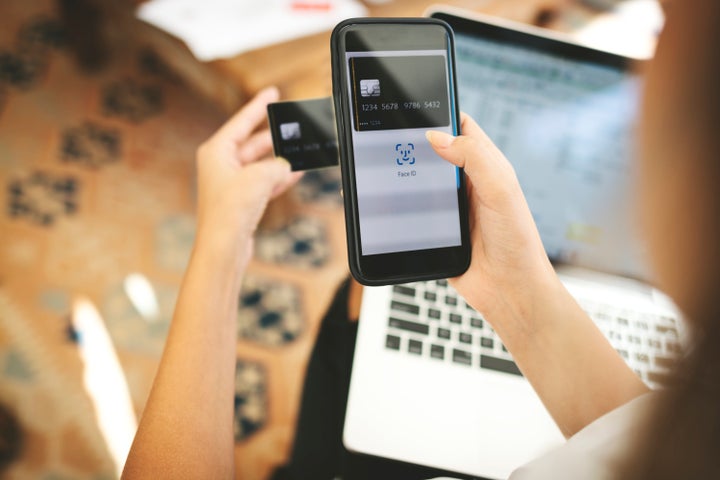
Storing your precious photos and valuable credit card information on your iPhone makes life more convenient. But if your phone gets stolen, all of that is immediately at risk.
Enter Apple’s newly-released feature, “Stolen Device Protection,” which is now available through the iOS 17.3 update. If your iPhone is not in a familiar GPS location that you regularly frequent, the Stolen Device Protection feature will make it harder for anyone using your iPhone to access your most sensitive information.
Once the feature is on and working, a passcode won’t be enough to access your stored passwords and credit cards ― it will take Face ID or Touch ID to gain access. It will also require Face or Touch ID to turn off “Lost Mode,” erase contents, use any payment methods that were stored in Safari or transfer money with Apple Cash.
If a thief tries to change your Apple ID password, change your Settings or sign out of your account, the feature also buys you more time and activates an hour-long delay. This way, the person using the iPhone will have to wait 60 minutes and then complete another biometric check before taking any of those actions.
According to Apple, the security delay gives you more time to mark your phone as Lost and make your iPhone inoperable. But here’s the important catch: you must turn this feature on before the device is lost or stolen for it to work.
How To Turn On ‘Stolen Device Protection’
Before you use Stolen Device Protection, there are a few preliminary steps you must also enable, like two-factor authentication and Touch or Face ID.
For Face ID, go to Settings, tap Face ID, and follow the instructions of how to position your face in front of your device.
For Touch ID, go to Settings, tap Touch ID, and follow the instructions of how to add your fingerprint.
For Stolen Device Protection, you must also enable Location Services, so that you give Apple permission to track your location and determine which places you frequent the most and if they are locations that are significant for you. That way, if your iPhone starts suddenly being used outside of your usual locations, Stolen Device Protection will kick on. To turn on Location Services:
Go to Settings, select Privacy & Security, and then tap Location Services.
Toggle on Location Services.
Now, that you have enabled location tracking, you can turn on Stolen Device Protection. Here’s how:
Go to Settings, then select Face ID and Passcode.
Enter you iPhone’s passcode.
Toggle on Stolen Device Protection.
More Protective Measures You Can Take If Your iPhone Is Stolen
If your believe your iPhone has been stolen, there are other proactive steps you’ll want to take to protect yourself and limit the damage a thief can do.
1. Change your Apple ID password
You want to make it harder for a potential thief to gain access to your device. Sign in to your account remotely by going to appleid.apple.com, and then choose Sign-in and Security. That way, you can get to the Password option and change your password.
2. Mark iPhone as lost or erase it
Once you do this, you remotely lock your device with a passcode, and any cards or passes that were associated with Apple Pay are unable to be used, according to Apple.
Go to the Find My app, select your missing iPhone. You can also use iCloud.com/find to access Find My.
Mark as Lost, then select Activate.
If you want to go a step further, you can go to iCloud.com/find to select your device and instead of marking it as lost, you will select the option to erase it.
3. Tell your carrier your device has been stolen
Your carrier can disable service to your phone and add it to their stolen phone database, so it won’t work on their network even if someone later buys your phone.